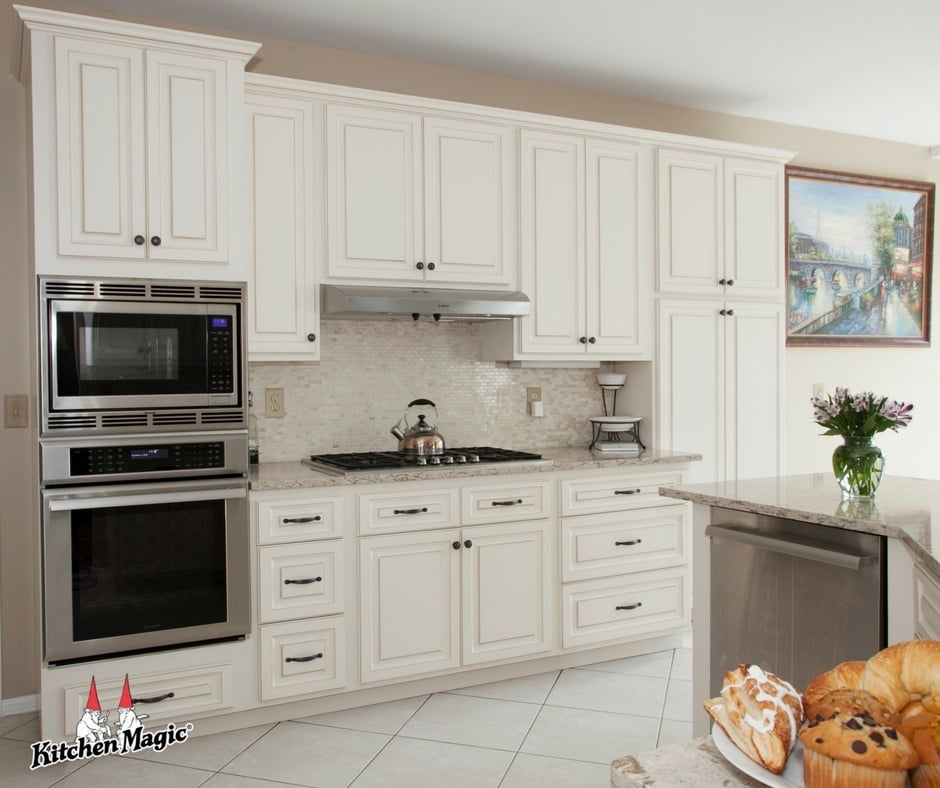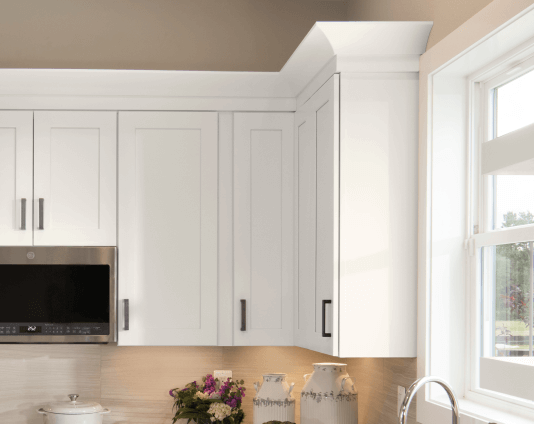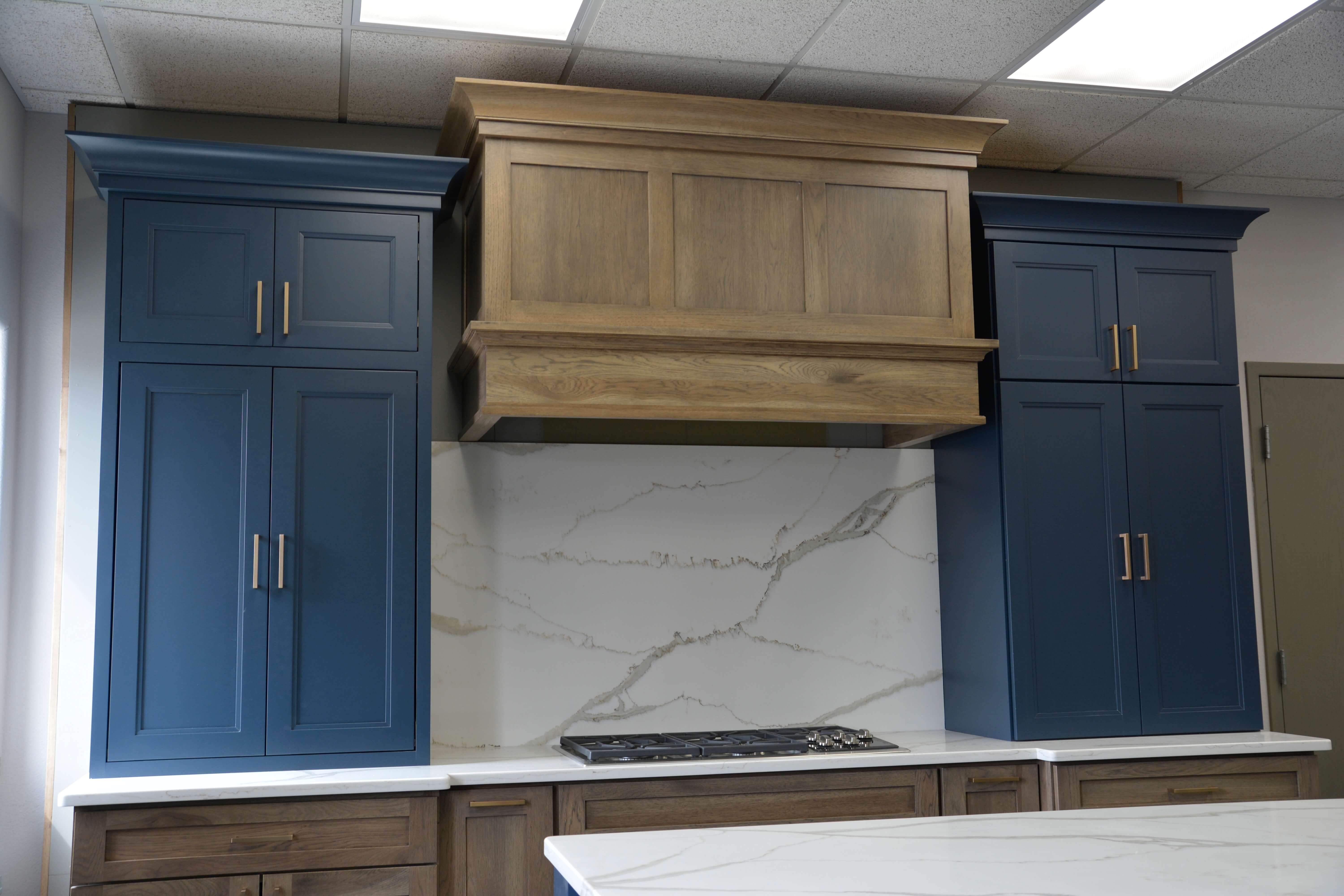When it comes to kitchen design, every detail matters. One often overlooked aspect that can dramatically enhance the overall aesthetic is decorative moulding for kitchen cabinets. As a homeowner who recently revamped my kitchen, I discovered the magic of moulding and how it can take your cabinetry from ordinary to extraordinary. In this article, we will delve into the various types of decorative moulding, its benefits, installation tips, comparisons, and much more!
What is Decorative Moulding?
Decorative moulding refers to ornamental trim work that can be added to cabinetry to enhance its appearance. This trim can be used in various ways, including to accentuate the edges of cabinets, create visual interest, and add a touch of elegance.
Types of Decorative Moulding
Crown Moulding
Crown moulding is a popular choice for kitchen cabinets. It sits at the top of the cabinetry and provides a seamless transition from the cabinets to the ceiling.
Base Moulding
This type of moulding is used at the bottom of the cabinets, giving them a finished look while also protecting the cabinets from scuffs and dirt.
Trim Moulding
Trim moulding can be used around cabinet doors and drawer fronts for added dimension and detail.

Panel Moulding
Panel moulding can create the illusion of depth on flat surfaces, making your cabinets appear more sophisticated.
Wainscoting
This style involves covering the lower portion of walls, which can be incorporated into cabinet design for a cohesive look.

Benefits of Decorative Moulding for Kitchen Cabinets
Enhanced Aesthetics
One of the primary reasons homeowners choose decorative moulding is to enhance their kitchen’s visual appeal. Moulding can make cabinets look more custom and finished.
Increased Value
Investing in decorative moulding can significantly increase the resale value of your home. A well-designed kitchen with moulding attracts potential buyers.

Personalization
Decorative moulding offers an opportunity to express personal style and creativity. With various styles and finishes, you can easily find something that suits your taste.
Concealing Imperfections
Moulding can effectively hide gaps or imperfections between cabinets and walls, providing a cleaner look.

Comparing Decorative Moulding Styles
| Type | Pros | Cons | Best For |
|---|---|---|---|
| Crown Moulding | Adds elegance, great height enhancement | Can be expensive, requires skilled installation | Traditional and modern kitchens |
| Base Moulding | Protects cabinets, easy to install | Limited design options | Any kitchen style |
| Trim Moulding | Increases detail, customizable | May look overwhelming in small kitchens | Customized cabinetry |
| Panel Moulding | Creates depth, great for flat surfaces | Can be tricky to align | Modern or transitional kitchens |
| Wainscoting | Classic look, good for large spaces | Can be costly, less common in kitchens | Formal dining or kitchen areas |
Installation Tips for Decorative Moulding
Gathering Necessary Tools
Before you start, ensure you have all the necessary tools, including a miter saw, nail gun, measuring tape, and level. Having everything ready will make the process smoother.

Measure Twice, Cut Once
This old adage holds true—take accurate measurements before cutting any pieces to avoid mistakes.
Choose the Right Material
Common materials for moulding include wood, MDF, and polyurethane. Each has its pros and cons, so choose based on your style and budget.

Paint or Stain Before Installation
If you plan to paint or stain your moulding, do it before installation. This will save you time and ensure an even finish.
Consider Hiring a Professional
If you’re not confident in your DIY skills, hiring a professional can save time and ensure a high-quality finish. After all, the kitchen is the heart of the home, and it deserves the best!
Personal Experience: My Kitchen Transformation
When I decided to upgrade my kitchen, I was initially overwhelmed by the choices. After researching, I opted for crown moulding combined with base moulding. The result was nothing short of spectacular! My kitchen went from average to a stunning focal point of the home. The crown moulding added an elegant touch, while the base moulding helped tie everything together. I chose a classic white finish that brightened the space and complemented my cabinetry. I can’t recommend it enough—this simple step made a world of difference!
Maintenance of Decorative Moulding
Regular Cleaning
To keep your moulding looking fresh, dust it regularly and clean it with a damp cloth. Avoid harsh chemicals that could damage the finish.
Paint Touch-Ups
If you notice any chips or scratches, touch them up with paint as needed. This can help maintain the beauty of your moulding.
FAQs About Decorative Moulding for Kitchen Cabinets
What is the average cost of decorative moulding?
The cost can vary widely based on materials and installation. On average, you can expect to spend between $2 to $5 per linear foot for materials, and installation can add another $2 to $4 per foot. Always get a quote from professionals to avoid surprises!
Can I install decorative moulding myself?
Yes! With the right tools and a bit of patience, many homeowners can tackle the installation of decorative moulding. Just be sure to measure accurately and take your time with the cutting and fitting.
Is decorative moulding worth the investment?
Absolutely! Decorative moulding can enhance the beauty of your kitchen, add value to your home, and provide a unique touch that reflects your style.
Are there eco-friendly options for decorative moulding?
Yes, several brands offer eco-friendly moulding made from sustainable materials. Look for options such as reclaimed wood or products certified by the Forest Stewardship Council (FSC).
Conclusion
Decorative moulding for kitchen cabinets is more than just trim; it’s an opportunity to express your style, increase your home’s value, and create a kitchen you’ll love for years to come. Whether you choose crown, base, or panel moulding, each option brings its own unique charm and character. If you’re considering a kitchen upgrade, I highly encourage exploring decorative moulding. It can make all the difference!
Thank you for joining me on this journey into the world of decorative moulding. I hope this guide inspires you to enhance your kitchen and create a space that reflects your personal style!